Heard of Second Officer Kalyani Sen? Here’s The Unsung Story of Indian Women in World War II
The”Wrins” or the Women’s Royal Indian Naval Service played an important role during the World War II. Yet their story remains lost in the pages of history.

When the First World War began in 1914, women who wanted to aid the war effort began working as nurses or factory workers as they were barred from military service. However, three years of relentless fighting prompted a change.
By 1917, the Royal Navy desperately needed volunteers to take on “shore jobs” (such as cooks, stewards, clerks, wireless operators, motor drivers and technical experts) so that more men could go to sea. So the Women’s Royal Naval Service (WRNS) was created to address this manpower shortage, allowing women to work in shore-based roles and freeing more men to work on ships.
These hardworking women quickly became known as ‘Wrens’.
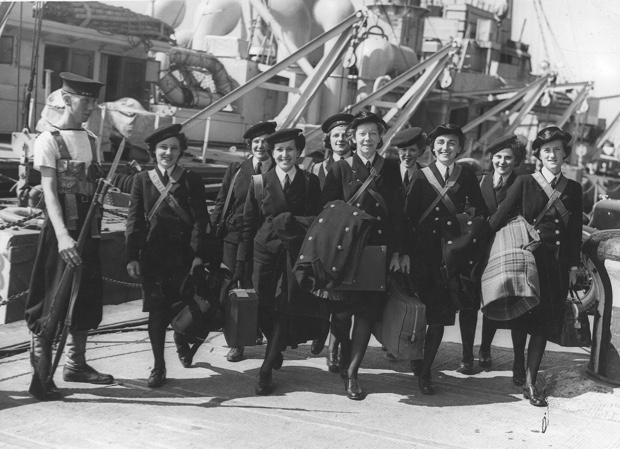
From tracking enemy transmissions and maintaining aircrafts to cleaning depth charges and driving convoys, the bravery, skill and commitment of these women paved the way for those who serve in the Armed Forces today. In fact, at the peak of World War II, around 74,000 women were serving in the WRNS in a huge variety of roles.
However, while the role of British “Wrens” has been widely acknowledged, few people know about the contribution of the”Wrins” or the Women’s Royal Indian Naval Service (Wrins) — India’s counterpart to the WRNS.
Fewer still know about Second Officer Kalyani Sen, the first Indian service woman to visit the UK.
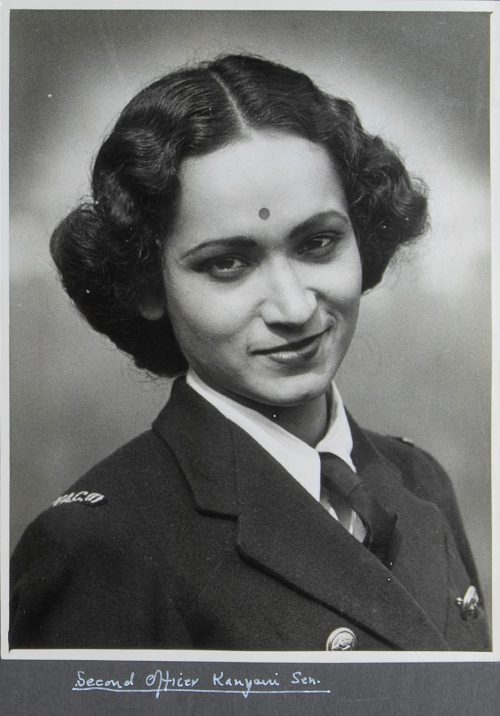
By 1942, the threat of a Japanese invasion of India was looming large. So the British formed the Women’s Auxiliary Corps (India) for female volunteers to contribute to the war cause — the first and only time, until 1992, women served the Indian Army in non-medical roles.
In 1945, the Wrins were made a separate wing from the Women’s Auxiliary Corps (India) to help the Royal Indian Navy in its defence of India’s coasts and harbours — vital in freeing up British ships to concentrate elsewhere.
During this period, Britain’s Admiralty issued an invitation to Second Officer Kalyani Sen to visit UK for a comparative study of the training and administration in the Women’s Royal Naval Service. Sen, married to a colonel of the Indian Army, accepted with alacrity and left for her two-month study visit in the company of Margaret Cooper (a British officer who served in the Wrins).
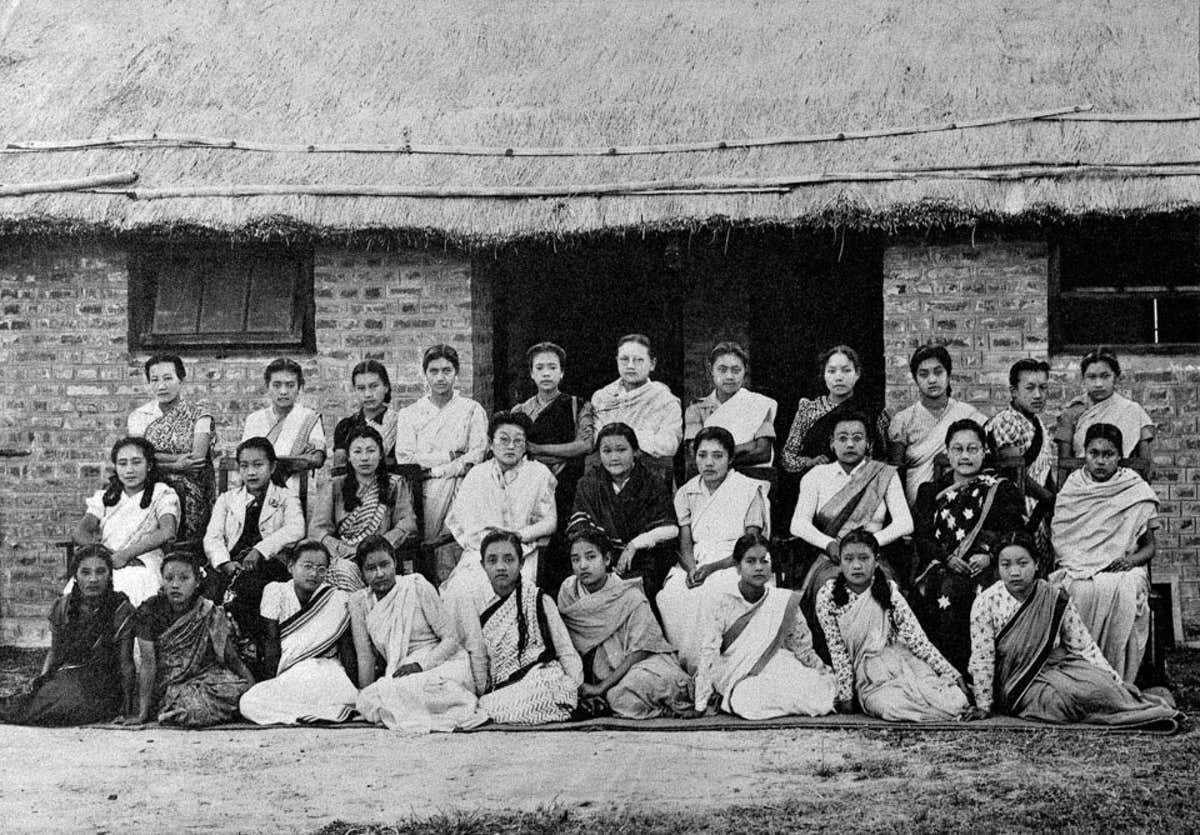
A picture of her from the visit — in a white shirt and naval jacket with gold braid over her sari — was published in all major Indian publications and was soon being hailed as a symbol of “new India”. In an interview with the Daily Herald that soon followed, Sen would explain:
“In India, there is still a big prejudice against women working with men. But the women are so keen to get into the Services that they are breaking it down. “
Back in India, several young Indian women (mostly college graduates and school teachers) had started joining the Wrins. They lived in military-style hostels (established specially for the purpose) that were run by women officers while training for a multitude of “shore jobs”.
Interestingly, unlike the British Wrens (who wore rough serge dresses, woolen stockings and thick overcoats), the Indian Wrins wore white saris with blue borders and seaman’s arm badges.
Here are some rare photographs of Wrins that give a fascinating glimpse of that bygone era.
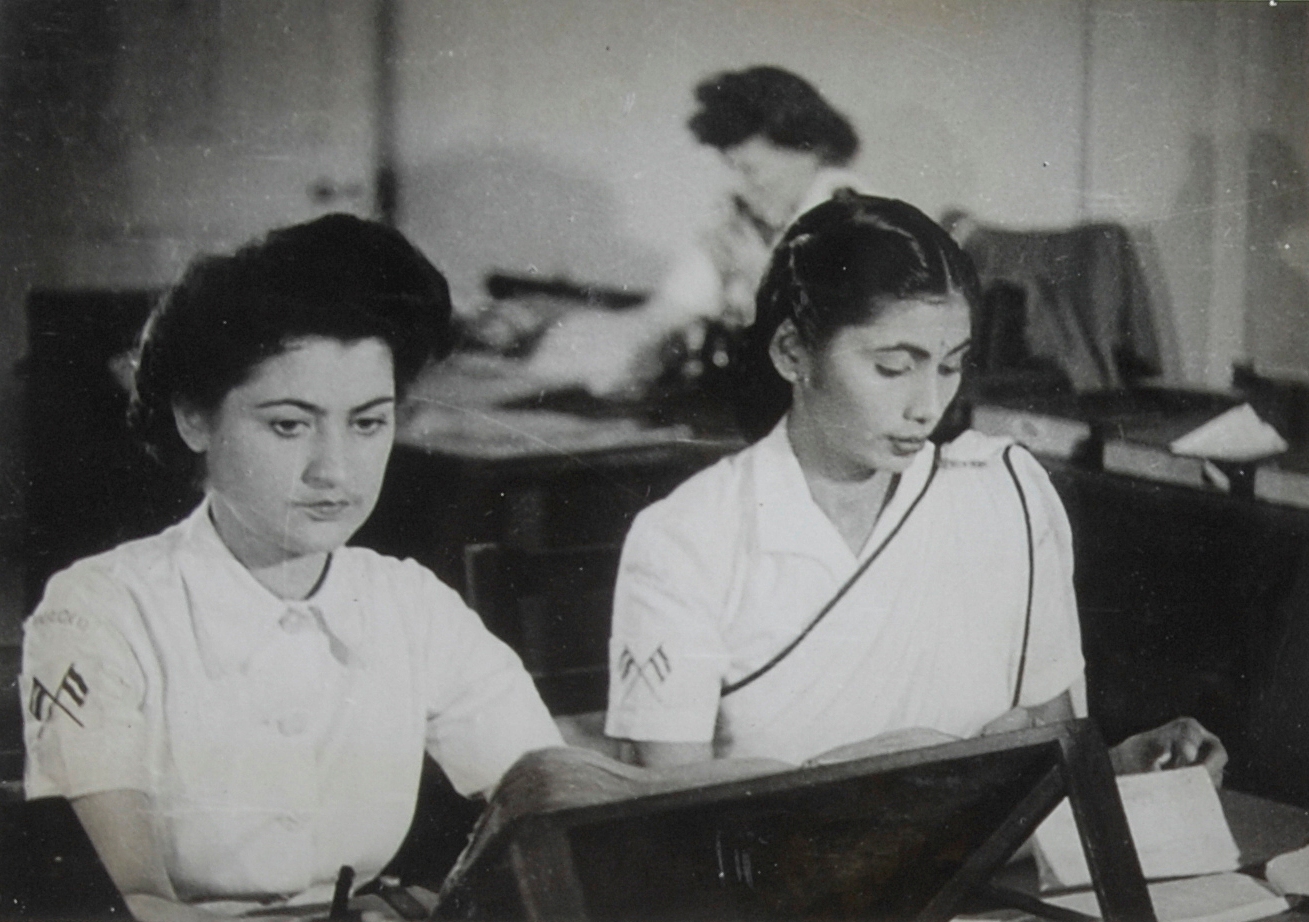
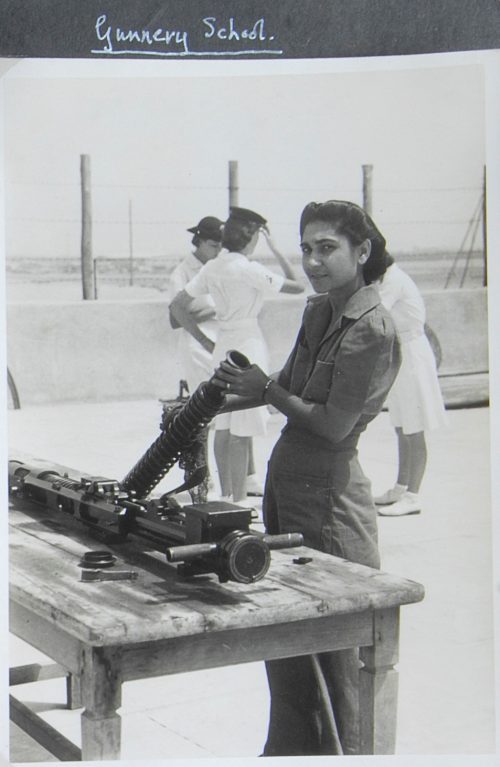
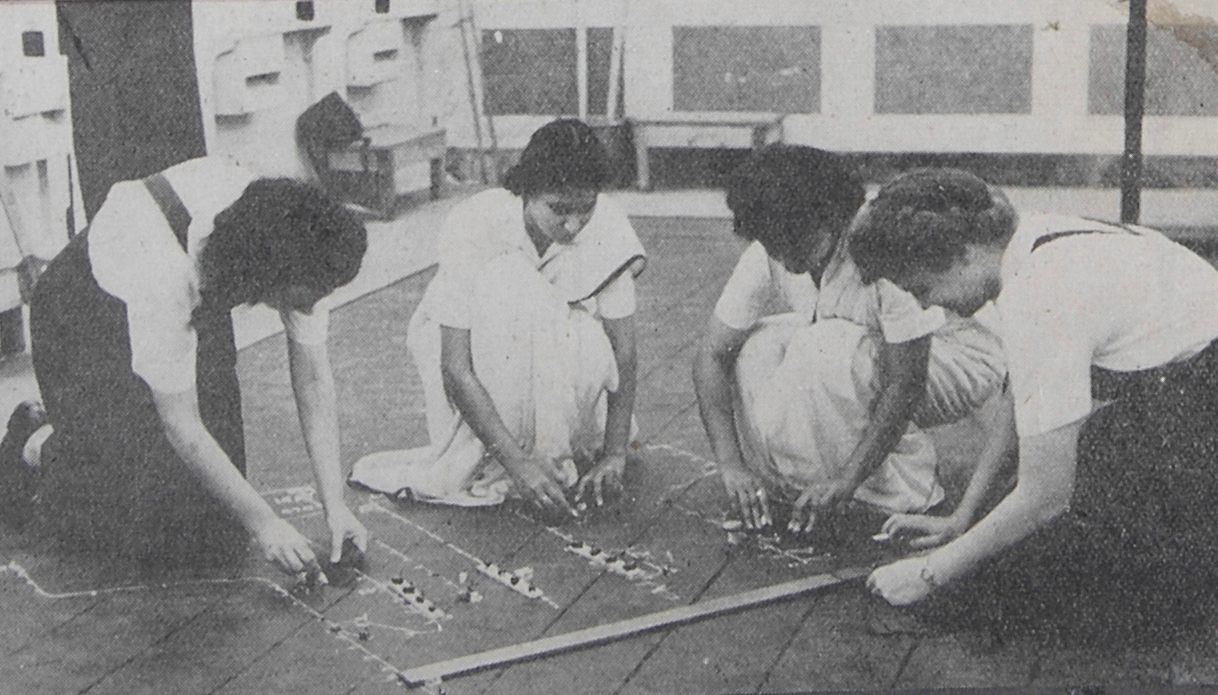

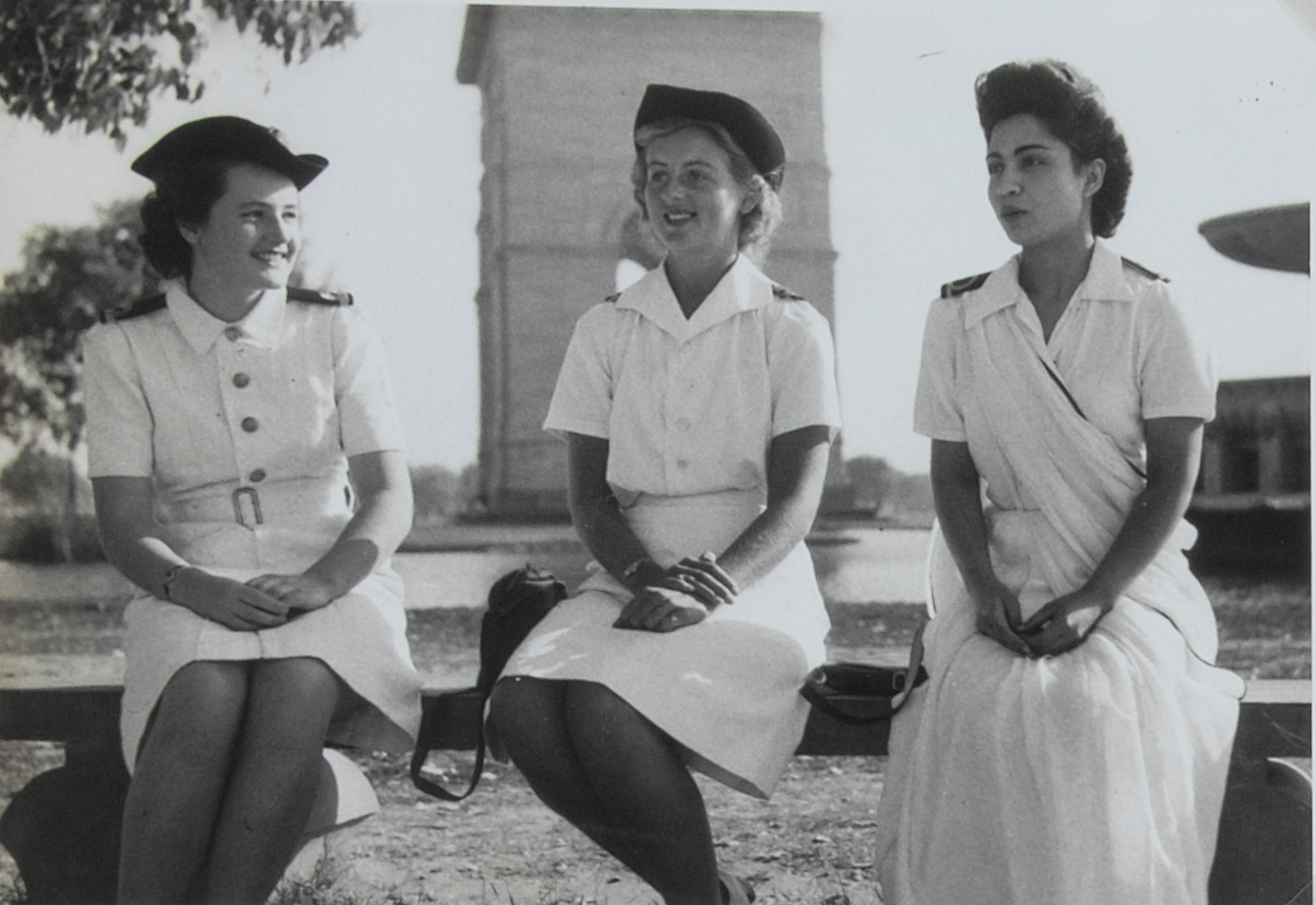

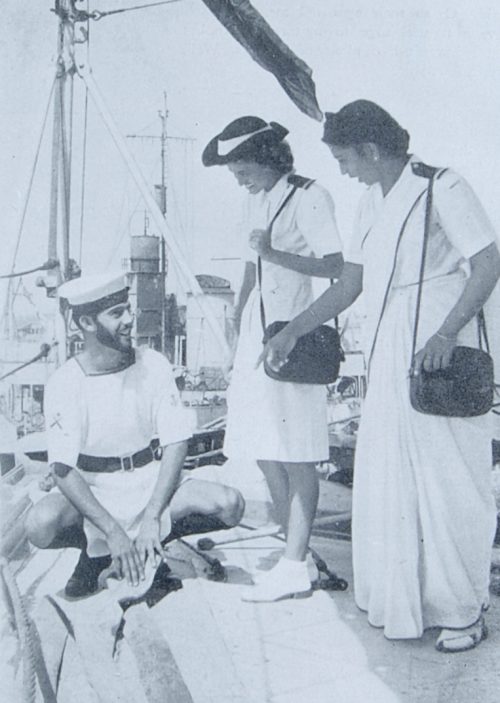
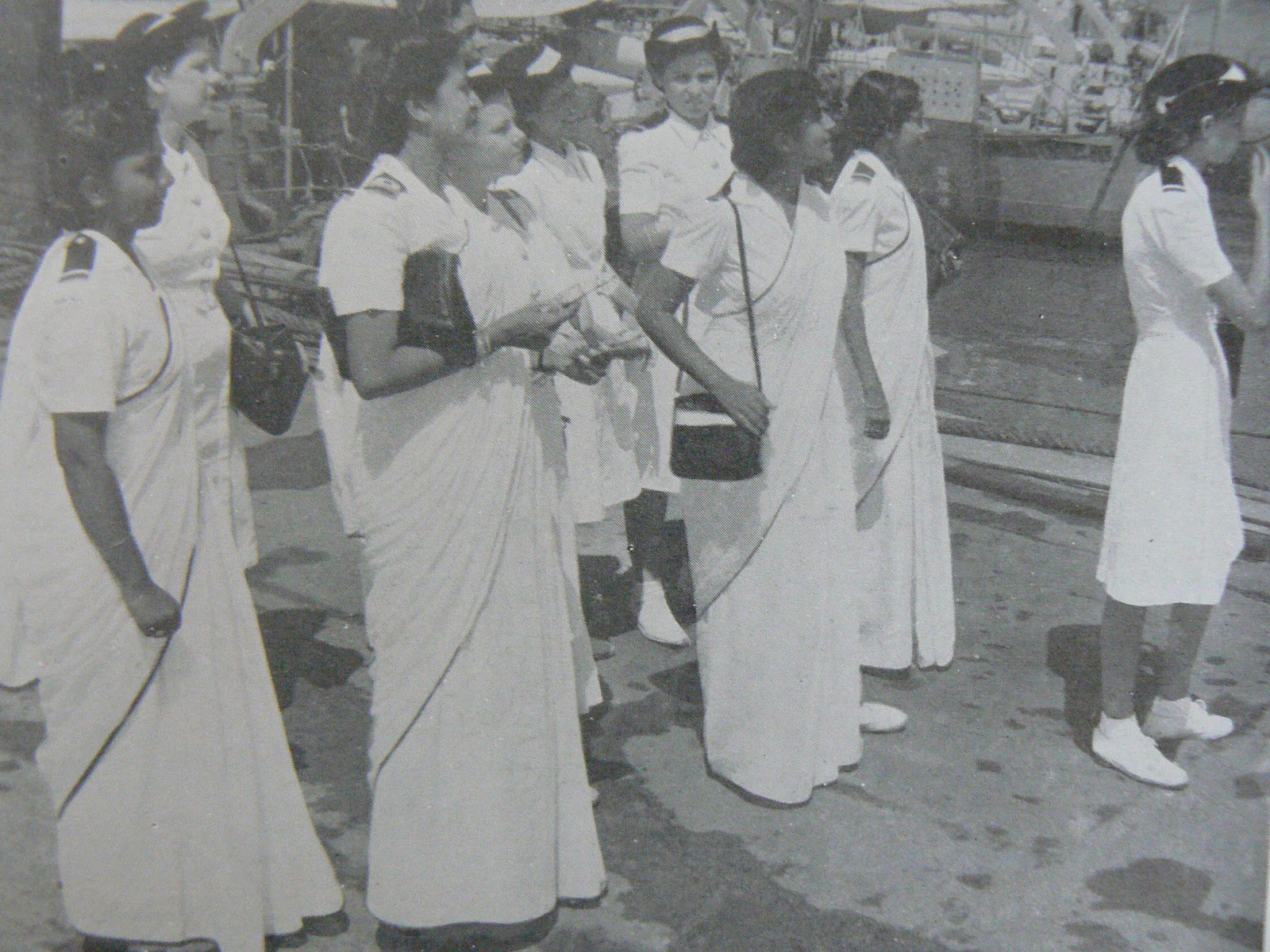
You May Like: Remembering Noor Inayat Khan, the Indian Spy Princess Who Died Fighting the Nazis
Like this story? Or have something to share? Write to us: [email protected], or connect with us on Facebook and Twitter.
NEW: Click here to get positive news on WhatsApp!
If you found our stories insightful, informative, or even just enjoyable, we invite you to consider making a voluntary payment to support the work we do at The Better India. Your contribution helps us continue producing quality content that educates, inspires, and drives positive change.
Choose one of the payment options below for your contribution-
By paying for the stories you value, you directly contribute to sustaining our efforts focused on making a difference in the world. Together, let’s ensure that impactful stories continue to be told and shared, enriching lives and communities alike.
Thank you for your support. Here are some frequently asked questions you might find helpful to know why you are contributing?


This story made me
-
97
-
121
-
89
-
167













